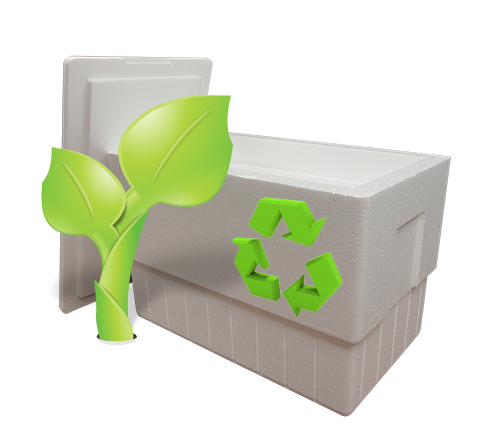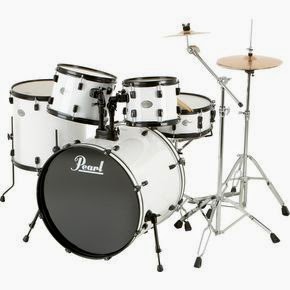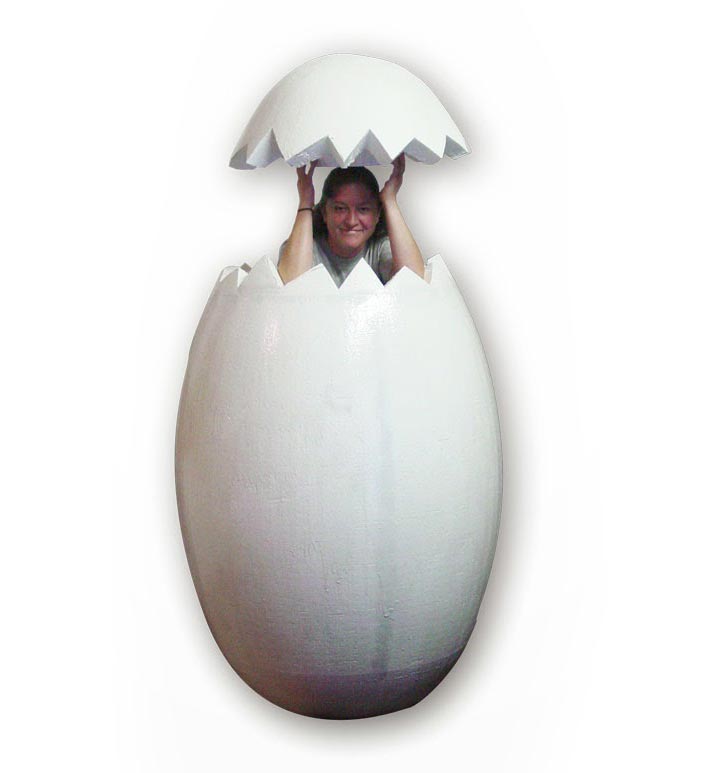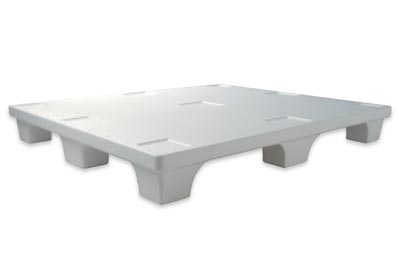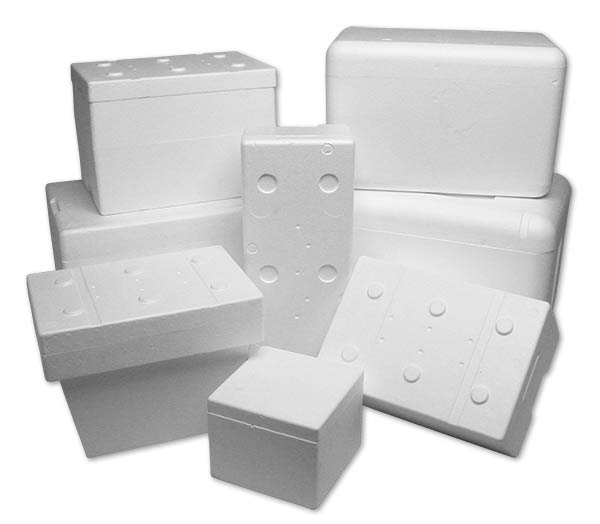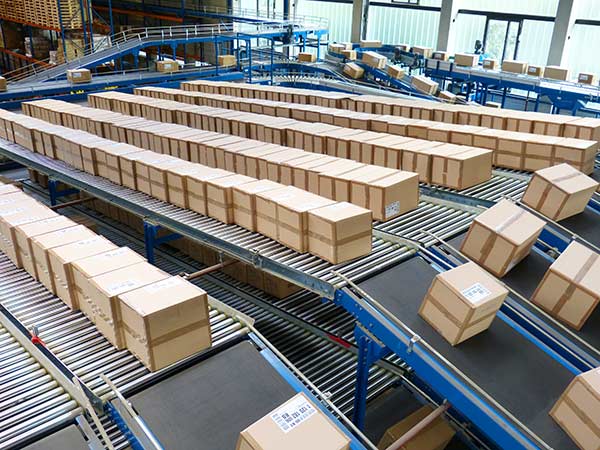
When a company manufactures a product, that product often needs to be moved or shipped without worry of damage to the product to ensure that it arrives at the final destination safely. Once the product leaves the warehouse, the manufacturer has no control over the conditions in which the product is being stored or transported, so protection is very necessary. One of the best and most popular solutions for protection while shipping has been to use EPS, or Expanded PolyStyrene, foam packaging. The benefits of foam packaging are many, and go beyond simply cushioning the product from accidental bumps and nicks.
The most obvious and well-known use of protective foam packaging is to shield products. From accidental bumps or scrapes during processing and loading to bumping around in the back of a delivery truck, there are plenty of chances for products to get damaged en route. Protective foam packaging goes a long way towards protecting products from these little accidents and helps to ensure that the product arrives in pristine, brand new and undamaged condition.
Though most people are aware of the ability of foam to protect a product, there are other benefits that many people don’t think of. EPS foam packaging is a great insulator and can also go a long way towards protecting manufactured goods from the elements during the shipping process. Not only can it protect products from extremes in temperature, but it can also help to provide waterproofing as well.
In addition, custom molded foam packaging, which is fit to the specific product being shipped, also provides a uniform shape for your product to fit into its chosen outer packaging. While this shape is often a box, certain products in the Automotive and pharmaceuticals ind. In addition to all of these benefits, because protective foam packaging is lightweight, it adds very little to the overall shipping cost of a product.
Just about anyone that manufactures and ships any sort of product can benefit from the use of protective foam packaging. In fact, several different manufacturing industries make regular use of this sort of packaging.
Most consumer goods need to be protected during transit. Even more durable goods can wind up with scratches or dents from the shipping process. Without the product being adequately protected, this can lead to more customer returns after opening the box and finding a damaged product.
Sensitive electronics are another product that commonly uses foam to protect it during the shipping process. Not only can the foam keep the electronics from getting damaged by movement, but moisture and temperature can both have a negative effect on many such sensitive electronics, and it's important to protect against these hazards as well.
Other manufactured products that can benefit from protective foam packaging include pharmaceutical materials, industrial supplies, automotive products and office equipment. Basically, if it is packaged and shipped, it can benefit from foam packaging.
The ability of a manufacturer's protective foam supplier to customize and custom fit the foam is very important in ensuring a perfect fit for the products. By using protective foam produced for generic products, manufacturers risk an improper fit for their products.
Recycling and environmental concerns are very important to the world today. While protective packaging has gotten something of a bad reputation, environment-wise, in the last several years, what most people don't realize is that EPS foam can be recycled.
In addition to its ability to be recycled, the product itself meets many of the Sustainable Packaging Coalition's definitions for sustainable packaging. EPS gives off no chemicals or harmful gas during use nor disposal and is, in fact, made up mostly of air.
Expanded polystyrene foam is so safe that it has been approved for use in packaging of food, not only by the American government but by many governments all over the world. Best of all, because EPS foam does not release hazardous chemicals or gas at any point throughout its lifespan, it will never contaminate or hurt any food with which it is used.
Compared to other types of protective packaging, such as corrugated cardboard, wood or even paper, EPS foam has a low impact on the environment. Completely replacing EPS with these other solutions would result in almost a 600% increase in raw materials needed, over a 200% increase in power consumption and an increase in the number of landfills worldwide of around 150%. One reason for this is that, during the process of manufacturing EPS foam, the feedstock increases in size by over 30%, meaning it requires far less in the way of raw materials than many other packaging solutions.
We are a leading producer of expanded polystyrene foam products, including protective foam packaging. Because of its dimensional stability, our molded foam is ideal for any packaging or packing situation. Armstrong's custom cut foam sheets provide insulated moisture and thermal protection and will create a perfectly designed fit for your product every time.
In addition to providing top notch, quality EPS protective foam supplies, Armstrong Brands takes the recycling of EPS foam seriously, and has an aggressive recycling and reuse program, making much of its foam products from recycled material. In some cases, Armstrong can even come by and pick up discarded EPS foam for recycling. It not only makes good sense for business, but it makes excellent sense for the environment and the community. Few other companies take such a pride in their work not only during the manufacturing process, but after the product is used.
If you are a company that manufactures products needing to be shipped or moved safely, you can definitely benefit from EPS foam packaging. Your consumers will be happy, which leads to a positive impact on your bottom line.



